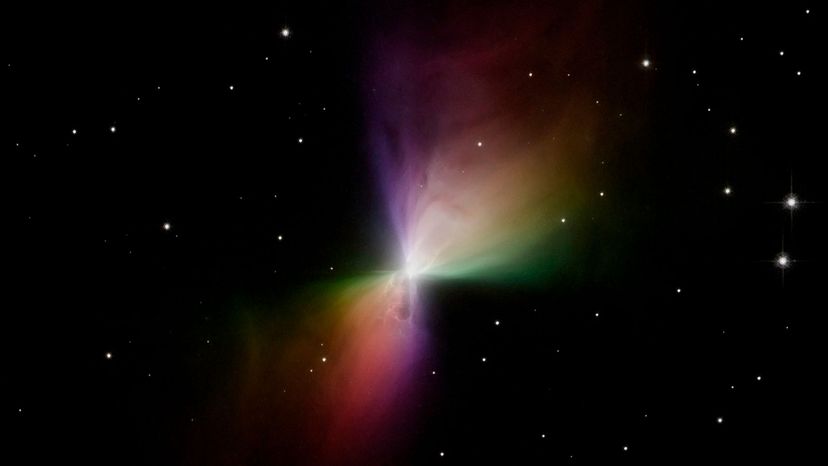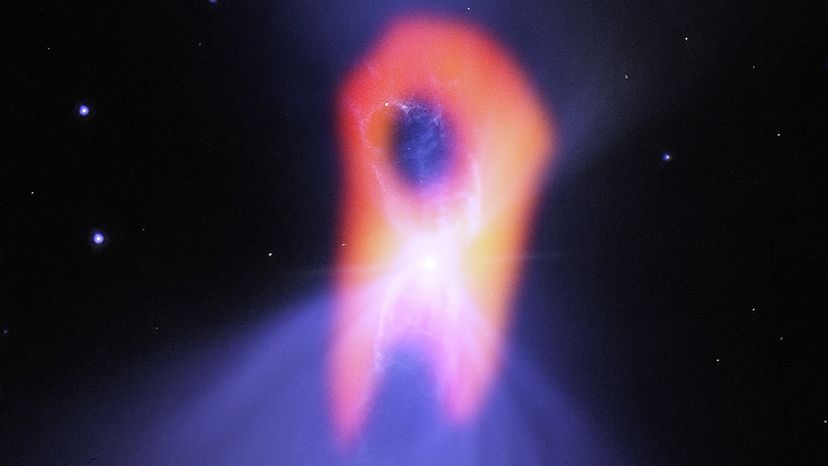
If you've taken a physics class, you've likely learned the concept of absolute zero: a theoretical limit to coldness. "Absolute zero" is measured in Kelvins (K), not the Fahrenheit or Celsius found on most thermometers.
While we have never observed an object that measures at absolute zero, we have gotten quite close both here on Earth and in the most distant reaches and outer layers of our galaxy.
Advertisement
Scientists have been fascinated by these frigid places in the universe, including the Boomerang Nebula. The Boomerang Nebula, a young planetary nebula, was first named as the coldest place in the universe in 1995, a finding confirmed in 2013.
If you're curious about all the coldest places that exist, let's look at extreme temperatures, from our planet to the solar system, and to the edge of the observed universe.
Advertisement



